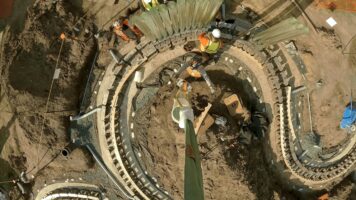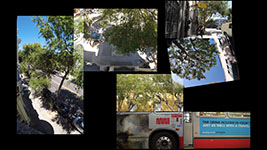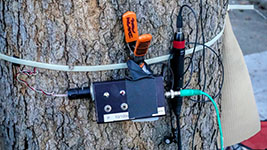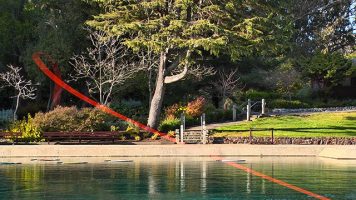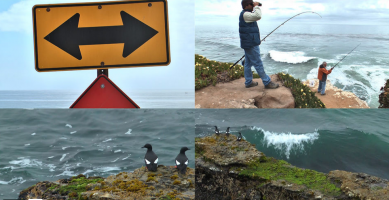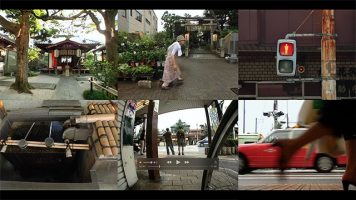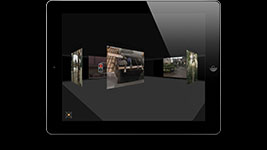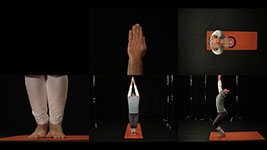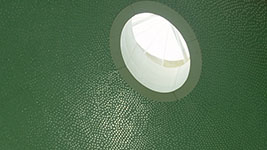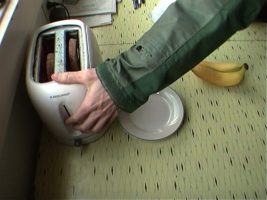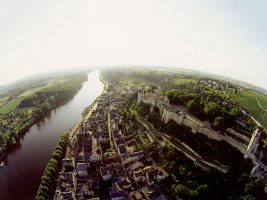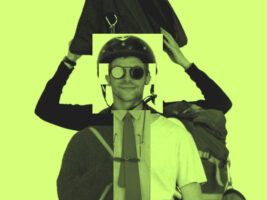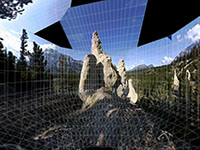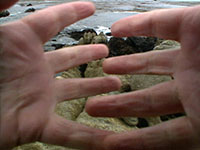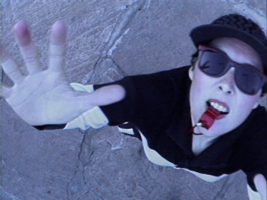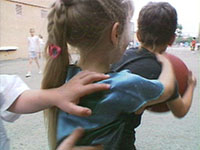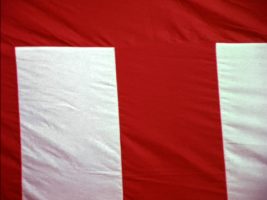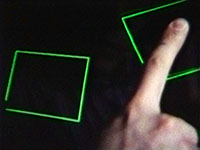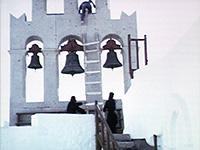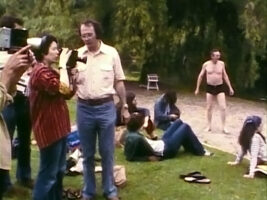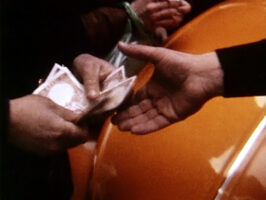1974. Super8 film.
Portable cinema in Rome’s Campo de’ Fiori neighborhood parses the gestures and flows of everyday space as people go about installing, displacing, transforming, and carting away the objects that define such adaptive architectural places as street markets and parking lots.
In architecture school I began making films because cinema proposed techniques that might be adapted for apprehending the dynamic and ephemeral dimensions of architectural space. My MArch thesis in Super8 surveyed the kinetic behavior of virtual territories, boundaries, and paths in the vicinity of Campo de’ Fiori market—a kind of place that is erected and dismantled in the course of a day, day after day, year after year. I speculated that filmic structure could be mapped to the structure of architectural space. I was experimenting with conventions of movie construction that pertain to its discontinuities, distances, edges, focus and exposure settings—divested of any narrative or expressionistic connotations—construed simply as analogs for 3-dimensional material-spatial relationships.
This was furthermore a study of the kinesthetic fits and starts involved with making one’s way through everyday life. I wanted to associate the camera’s mobility with the adaptive movements of bodies more than the fluid trajectory of their gazes. So the editing was a process of finding how to arrange these rapid and abrupt sensorimotor responses without trimming out all the suddens into a fluid and easygoing 15-minute dance adagio, and still without having the sequence fall apart along the lines of faltering that I was striving to articulate clip by clip.

